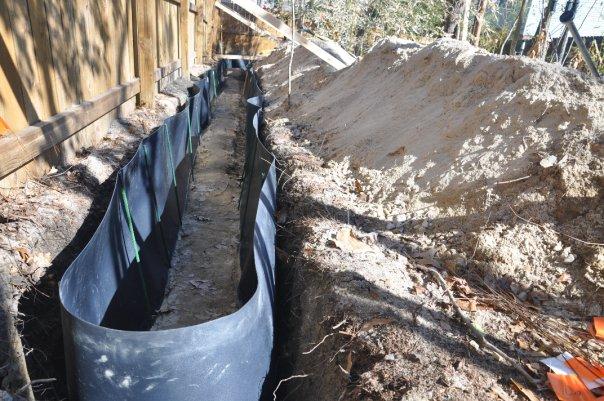Typically speaking, bamboos need quite a bit of water to thrive. Just make sure the ground isn't soggy wet as that may actually do them harm. When actively growing, they should be watered thoroughly on a weekly basis. An occasional watering during the winter, especially during dry spells, will help prevent defoliation.
Bamboo should typically not be fertilized (artificially) during its first year in the ground. After that, there are a variety of methods used to fertilize bamboo. Many lawn fertilizer high in nitrogen will suffice, while some experts recommend top-dressing with a slow-release organic fertilizer, such as composted manure. We've also heard of balanced fertilizers like 'Osmocote' being used with great success.

During the first year, perhaps two, you will probably see very little top growth in your bamboo. It is developing its root (rhizome) system and storing food for future above-ground growth. Any culms (shoots) that do appear during the first two years are likely going to be very small - so don't expect much, and don't let small culms get your hopes down after planting bamboo. Rest assured, it'll be growing strong soon. A popular saying about bamboo states that, "The first year it sleeps, the second year it creeps, and the third year it leaps!"
Be sure to also check our article about insalling a bamboo rhizome barrier.
Many bamboos can survive much lower temperatures than the hardiness that they are classified if extra care is taken during the winter months to protect them. Most importantly, the rhizome (root) system must survive. Mulching around the base can keep the rhizomes from freezing. Since bamboo root systems tend to be fairly shallow, heavy mulching is recommended where prolonged periods of cold or freezing temperature cause the upper layers of soil to freeze solid.
Being an evergreen plant, bamboo needs sufficient water intake and protection from cold, drying winter winds. Extreme cold snaps with high winds can burn and defoliate bamboo. Plants can be protected with an spray such as 'Freeze-Pruf,' and do better when located on the south side of a building, wall, or wind screen.
Proper care and overwintering techniques will ensure your hardy bamboo thrives the following spring when it will begin to culm again.
If too much snow builds up on your bamboo, it can snap the canes quickly. The snow can be knocked off by hitting the culms with a pole. Many species of bamboo flex to some degree with the snow load, but taller timber bamboo can snap under the weight, because the large culms cannot bend as easily.


